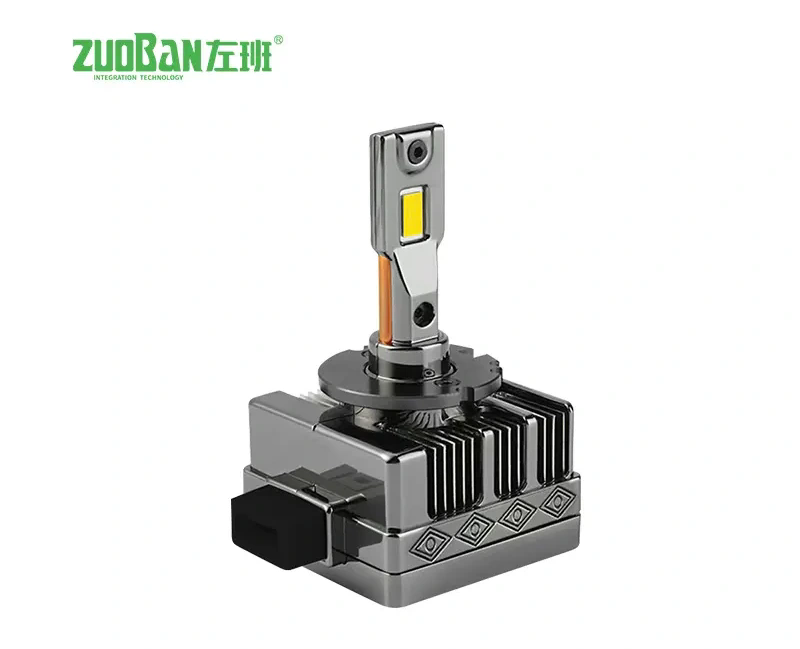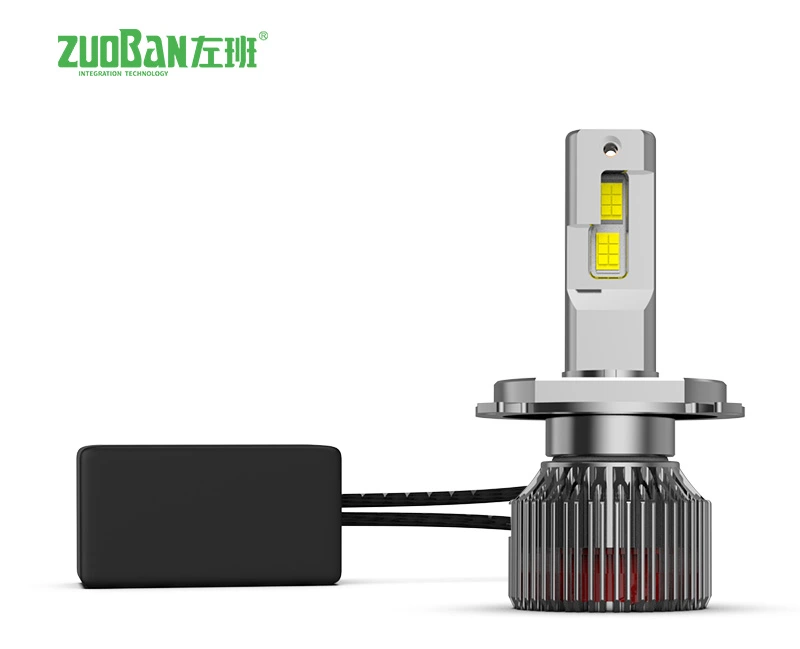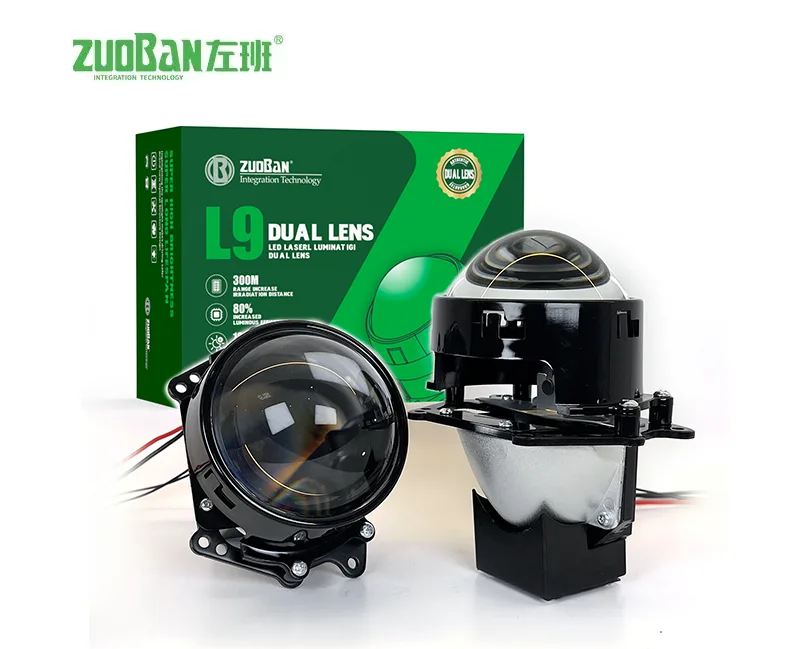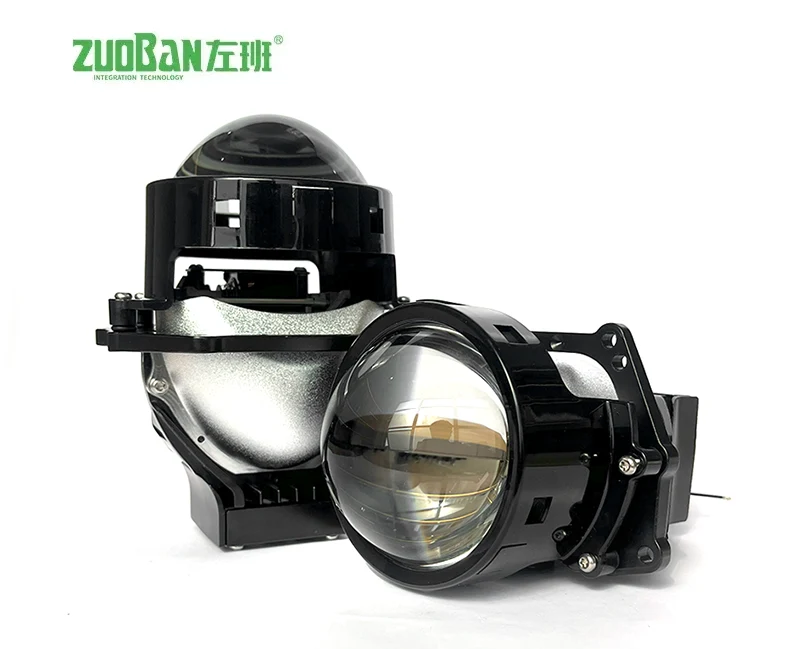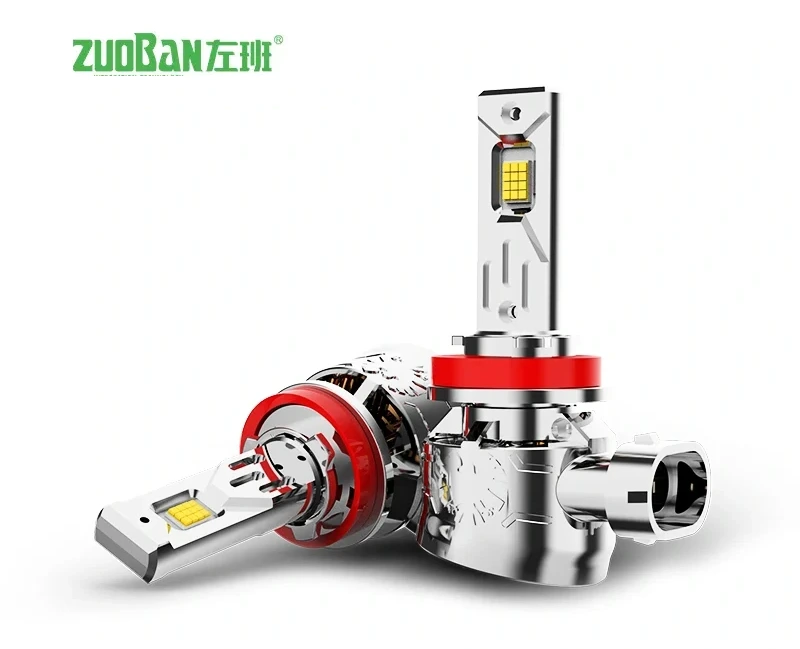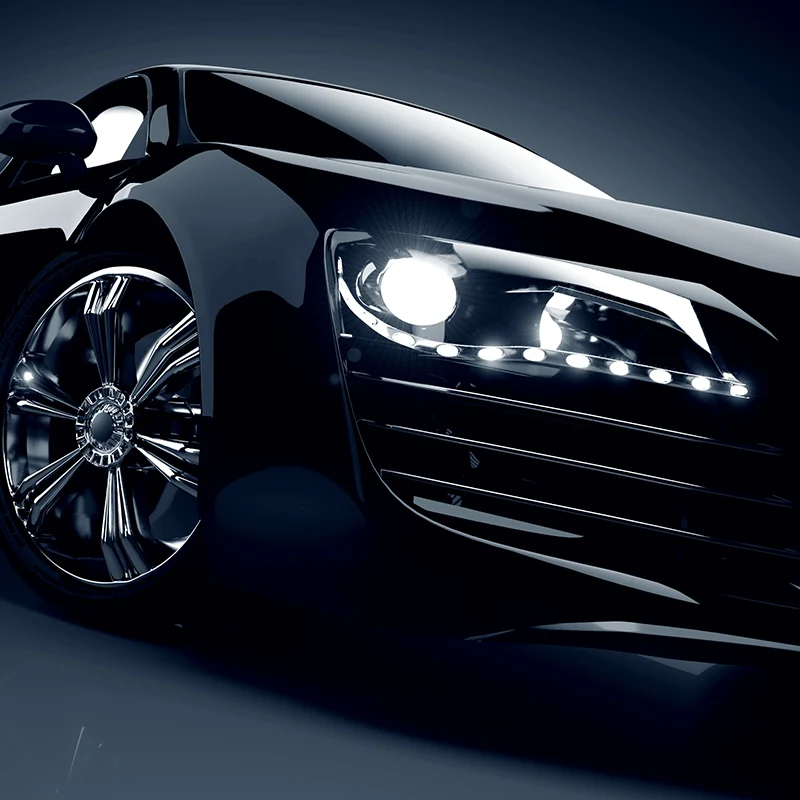Why Are Car LED Headlights the Future of Automotive Lighting?
Car LED headlights represent a major evolution in automotive lighting technology, combining energy efficiency, superior brightness, and long-lasting performance. Unlike traditional halogen or HID (High-Intensity Discharge) lights, LED headlights (Light Emitting Diodes) generate light through electroluminescence—transforming electrical energy directly into light. This eliminates the need for heated filaments or gas discharge, making LEDs both eco-friendly and durable.
Modern drivers increasingly choose LED headlights because they enhance visibility, reduce maintenance costs, and contribute to overall vehicle aesthetics. In a market where safety and performance intersect, LED headlights are setting new standards in both functional and visual design.
Why Are Car LED Headlights Considered Superior?
The superiority of LED headlights lies in a combination of performance, energy efficiency, and design flexibility. Here’s a detailed look at the advantages that define their dominance:
| Parameter | LED Headlights | Halogen Headlights | HID Headlights |
|---|---|---|---|
| Brightness | 6,000 – 10,000 lumens | 1,000 – 1,500 lumens | 3,000 – 5,000 lumens |
| Color Temperature | 5,000K – 6,500K (daylight white) | 3,000K (yellowish) | 4,000K – 6,000K |
| Lifespan | 30,000 – 50,000 hours | 500 – 1,000 hours | 2,000 – 5,000 hours |
| Power Consumption | 20 – 40 watts | 55 – 65 watts | 35 – 50 watts |
| Heat Emission | Very low | High | Moderate |
| Response Time | Instant | 0.5 – 1 second delay | Slight delay |
| Durability | Shock and vibration resistant | Fragile | Moderate |
| Maintenance Cost | Low | High | Medium |
These measurable differences demonstrate why LED headlights have transformed from a luxury feature to a standard requirement for modern vehicles.
Key Benefits of LED Headlights
-
Energy Efficiency: LEDs consume 60% less power than halogen bulbs, reducing vehicle energy load.
-
Longevity: A single LED headlight can outlast the car itself, minimizing replacement frequency.
-
Enhanced Visibility: With high color temperature close to natural daylight, drivers experience less eye strain and improved night-time clarity.
-
Compact Design: Their small size allows manufacturers to create more aerodynamic and aesthetic headlamp shapes.
-
Eco-Friendly Technology: LEDs contain no mercury or toxic materials and emit minimal UV radiation.
How Do Car LED Headlights Work and What Makes Them So Advanced?
At the core of LED technology is a semiconductor diode that emits light when an electric current passes through it. Unlike halogen bulbs, which heat a tungsten filament, or HID bulbs, which rely on gas discharge, LEDs rely on solid-state lighting. This innovation provides instant illumination, low heat generation, and consistent brightness under varying weather conditions.
The Engineering Behind Modern LED Headlights
-
Light Source: The LED chip converts electricity directly into photons (light particles).
-
Heat Sink System: Advanced aluminum or copper cooling systems dissipate residual heat efficiently.
-
Driver Module: Regulates power supply, ensuring steady voltage and protecting the LED from fluctuations.
-
Lens and Reflector Design: Precisely engineered optics distribute light evenly, avoiding glare for oncoming drivers.
-
Smart Control Integration: Adaptive lighting systems adjust beam patterns automatically based on driving speed, steering angle, and environmental light conditions.
This multi-layered design ensures both reliability and performance. Many LED systems also include CAN-bus compatibility, allowing direct integration with modern vehicle electronics to prevent dashboard errors.
Innovation in the LED Market
Manufacturers are now incorporating matrix LED systems, enabling individual diodes to turn on or off independently. This allows high-beam functionality without blinding oncoming traffic. Additionally, laser-assisted LED technology—a combination of laser diodes and LED chips—extends beam range up to 600 meters, ideal for highway driving.
These breakthroughs demonstrate how LED headlights not only improve visibility but also contribute to road safety and driver comfort.
What Does the Future Hold for Car LED Headlights?
The global automotive lighting industry is rapidly evolving. As electric and autonomous vehicles become mainstream, the role of LED headlights expands beyond illumination to include communication, aesthetics, and energy management.
Emerging Trends in LED Headlight Technology
-
Adaptive Beam Control: Automatically adjusts the light pattern in real-time to avoid glare while maintaining full road visibility.
-
Dynamic Styling: Integrated LED strips create signature designs for brands, improving brand recognition and vehicle appeal.
-
Smart Connectivity: Future LED systems will communicate with navigation data to illuminate curves, intersections, or obstacles before they appear in view.
-
Energy Integration for EVs: Low energy demand aligns perfectly with electric vehicle efficiency requirements.
-
Sustainable Production: Manufacturers are developing recyclable LED components to reduce environmental impact.
As regulations in Europe, North America, and Asia encourage the adoption of eco-friendly lighting, LED technology will become a default feature in nearly all new vehicles by 2030.
Common FAQs About Car LED Headlights
Q1: What should be considered before upgrading to LED headlights?
A1: Ensure compatibility with the vehicle’s housing and electrical system. Check for heat dissipation design and compliance with local road regulations. A high-quality LED kit should include a built-in driver, efficient cooling system, and waterproof rating (IP65 or above). Improper installation or poor-quality LEDs can cause glare or flickering issues.
Q2: Do LED headlights work better in fog or rain compared to halogen bulbs?
A2: While LEDs offer superior brightness, their higher color temperature can sometimes cause reflection in dense fog. However, advanced models now use dual-color temperature designs (around 3,000K for fog and 6,000K for clear nights) to enhance versatility. Many vehicles also combine LEDs with fog-specific auxiliary lamps for optimal performance in all weather conditions.
How to Choose the Right LED Headlights for Your Car
Selecting the right LED headlights involves balancing performance, reliability, and compliance. Look for the following specifications when purchasing:
-
Brightness Range: Between 6,000 and 10,000 lumens per pair.
-
Color Temperature: Around 6,000K for daylight clarity.
-
Beam Pattern: Uniform light distribution without dark spots or glare.
-
Cooling Mechanism: High-speed fans or copper heat sinks to prevent overheating.
-
Waterproof Rating: IP65–IP68 for weather resistance.
-
Certifications: DOT, SAE, or ECE compliance for road legality.
-
Plug-and-Play Compatibility: Direct fit for easy installation without rewiring.
Premium LED headlights also offer anti-flicker modules, ensuring steady performance with sensitive CAN-bus systems found in modern vehicles.
The Road Ahead: Why Zuoban Leads the LED Headlight Revolution
As automotive technology evolves, Zuoban stands at the forefront of lighting innovation. The brand’s dedication to performance, durability, and design precision makes its LED headlights a trusted choice for both professional installers and car enthusiasts. Zuoban headlights deliver a powerful combination of brightness, safety, and longevity—crafted with advanced cooling systems and adaptive beam control for every driving condition.
With a focus on eco-friendly production and cutting-edge optical design, Zuoban continues to redefine what drivers can expect from LED technology. The company’s R&D division integrates intelligent features that anticipate the needs of next-generation vehicles—aligning performance with sustainability and style.
For those seeking to upgrade their driving experience with unmatched clarity and confidence, Zuoban’s Car LED Headlights are the solution built for the road ahead.
Contact us today to learn more about our full range of automotive lighting solutions and discover how Zuoban can help illuminate your journey toward safer, smarter, and more sustainable driving.
- What Makes a Fog Lamp Essential for Modern Vehicles?
- How Does the External Driver Series LED Headlight Redefine Automotive Lighting Performance?
- Why Should You Choose LED Headlight For Upgrading HID Xenon Bulbs?
- Why Are Car LED Headlights the Ideal Choice for Modern Vehicles?
- Mini LED Car Lamp Market Grows with Enhanced Features, Lighting Quality, and Safety
- Revolutionizing Elegance: The Porsche 911 Carrera Coupe Reimagined by Singer with Advanced LED in Projector Headlights and Neon Headlights for Cars


